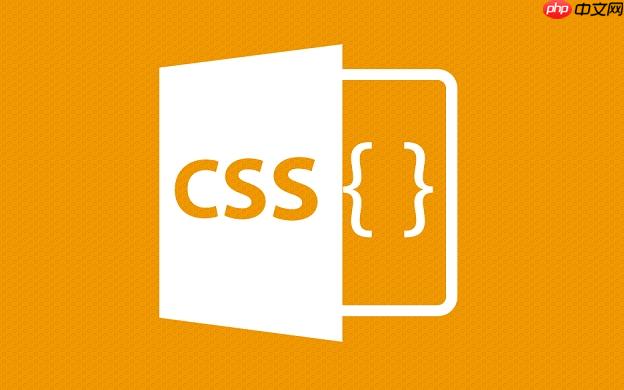top、left、right、bottom属性需在position不为static时生效,常用relative、absolute、fixed或sticky配合使用,通过设定偏移值实现精确定位,如absolute定位下结合bottom和right将元素置于父容器指定区域。

通过 CSS 的 top、left、right 和 bottom 属性可以精确控制元素的位置,但这些属性只在元素的 position 被设置为特定值时才生效。以下是具体使用方法和注意事项。
1. 设置 position 属性
要使 top、left、right、bottom 生效,元素必须不是静态定位(static)。常用的方式包括:
- position: relative; —— 相对于自身原本位置偏移
- position: absolute; —— 相对于最近的已定位祖先元素定位
- position: fixed; —— 相对于视口固定定位
- position: sticky; —— 在滚动时根据阈值切换定位方式
2. 使用 top、left、right、bottom 控制位置
设定 position 后,就可以使用这四个属性来调整元素位置:
- top:元素上边缘距离其包含块上边缘的距离
- left:元素左边缘距离其包含块左边缘的距离
- right:元素右边缘距离其包含块右边缘的距离
- bottom:元素下边缘距离其包含块下边缘的距离
这些值可以是像素(px)、百分比(%)、em 等长度单位。
立即学习“前端免费学习笔记(深入)”;
3. 实际应用示例
以下是一个将元素定位到父容器右下角的例子:
.container {
position: relative;
width: 300px;
height: 200px;
}
.box {
position: absolute;
bottom: 10px;
right: 10px;
width: 100px;
height: 50px;
}
这里 .box 会出现在 .container 内部距离底部 10px、右边 10px 的位置。
4. 注意事项
- 如果同时设置 left 和 right,且 width 未设为 auto,可能会导致元素被拉伸
- 对于 absolute 定位,祖先元素需要有非 static 定位才能正确约束位置
- fixed 定位的元素不受滚动影响,始终相对于浏览器窗口
- 使用百分比时,参考的是包含块的宽高,而非元素自身
基本上就这些。只要记得先设置 position,再用 top、left 等控制偏移,就能灵活定位元素了。


